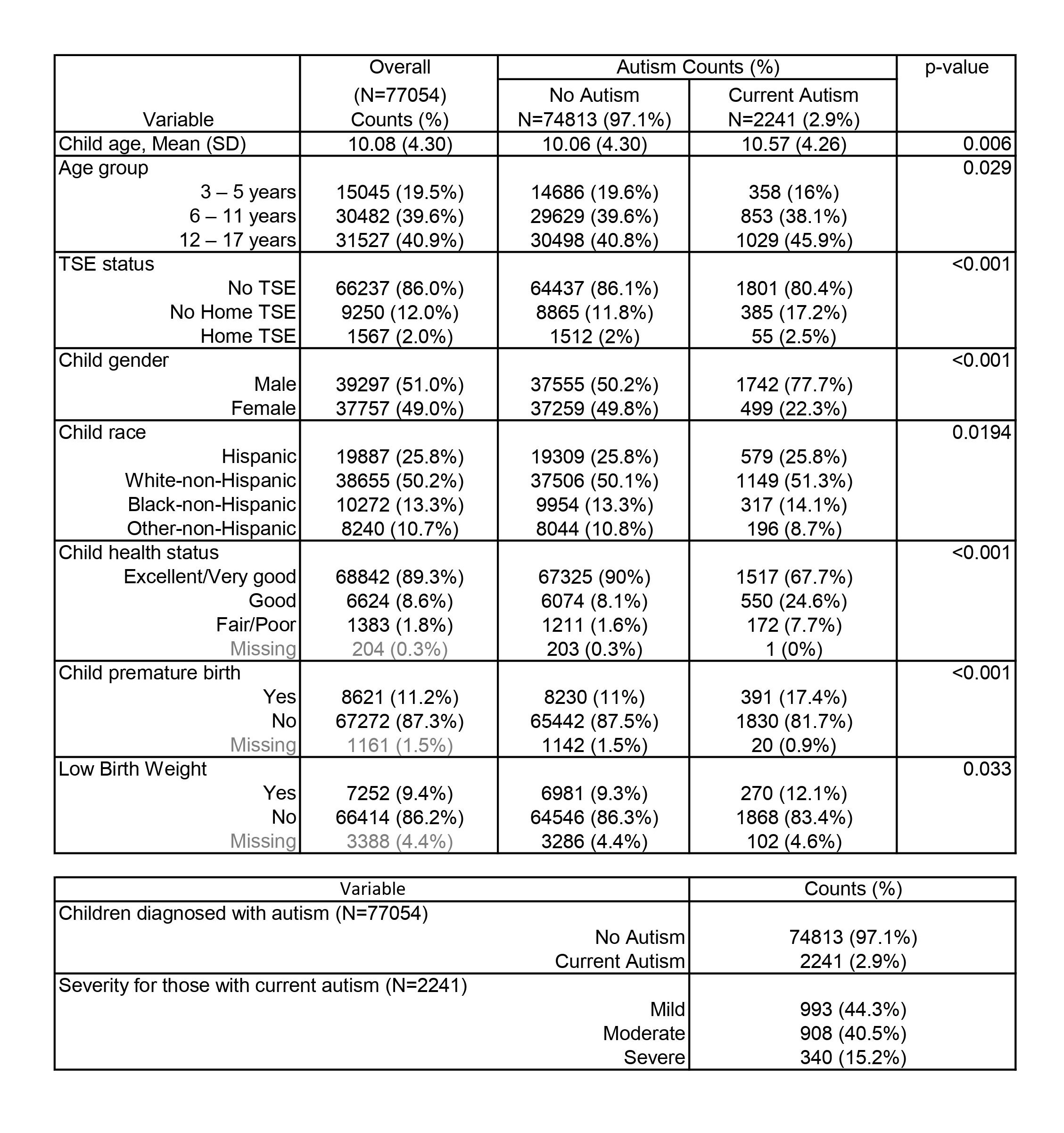Developmental and Behavioral Pediatrics
Session: Developmental and Behavioral Pediatrics 2: Autism
406 - Association Between Postnatal Second-Hand Tobacco Smoke Exposure and Autism Diagnosis and Its Severity Among Different Age Groups
Friday, May 3, 2024
5:15 PM - 7:15 PM ET
Poster Number: 406
Publication Number: 406.34
Publication Number: 406.34

Abhinav Thakral, MD (he/him/his)
PGY 3 Resident
Brookdale University Hospital and Medical Center
Brooklyn, New York, United States
Presenting Author(s)
Background: Autism spectrum disorder (ASD) is a neurocognitive disorder with increasing prevalence and substantial healthcare costs. While genetics and environmental factors are believed to contribute to ASD risk, the role of second-hand tobacco smoke (SHS) exposure remains unclear.
Objective: This study aims to examine the association between postnatal SHS exposure and autism diagnosis and its severity among preschool children (3-5 years), school-age children (6-11 years), and adolescents (12-17 years) in the United States.
Design/Methods: This retrospective observational study analyzed 2020-2021 National Survey of Children's Health (NSCH) data from 77,054 children aged 3-17 years using Statistical Package for Social Sciences (SPSS) Complex Samples. SHS exposure status was categorized into "No Tobacco Smoke Exposure (TSE)" for those with no exposure, "No Home TSE" for exposure outside the home, and "Home TSE" for exposure inside the home. The autism status was categorized as either "Autism" or "No Autism". Autism was further subdivided into mild, moderate or severe. Logistic regression was used to investigate the autism status and severity, and their associations with the status of TSE adjusting for confounders.
Results: The prevalence of current autism was 2.9%. The proportion of having TSE was higher among those with current autism (19.6%) than among those with no autism (13.9%). There was a significant association between current autism and having a TSE status (p-value < 0.001). After adjusting for confounders, children with TSE had a 49% increased odds of having autism (p < 0.001). Additionally, children with TSE had a 69% increased odds of having moderate/severe autism compared to those with no exposure (p < 0.001).
Conclusion(s): This study provides evidence of a significant association between postnatal SHS exposure and autism diagnosis and severity in children. These findings underscore the importance of public health interventions to reduce SHS exposure, particularly in households with children diagnosed with ASD (especially the more severe forms of ASD). Further research is needed to elucidate the mechanisms underlying this association and inform targeted prevention strategies.

.png)
Screenshot 3.jpeg
